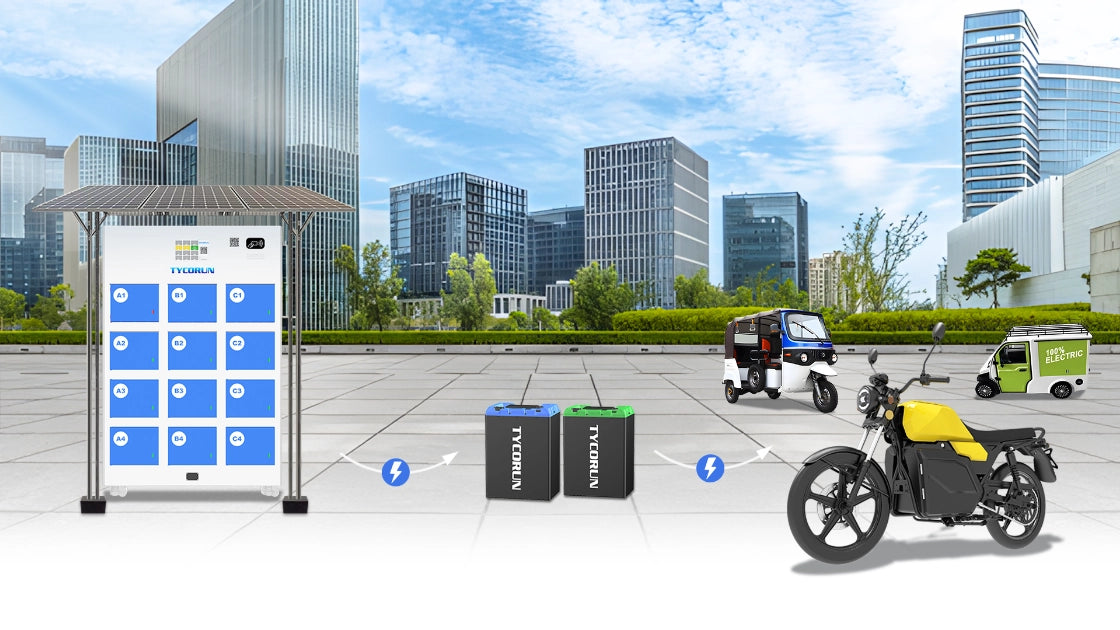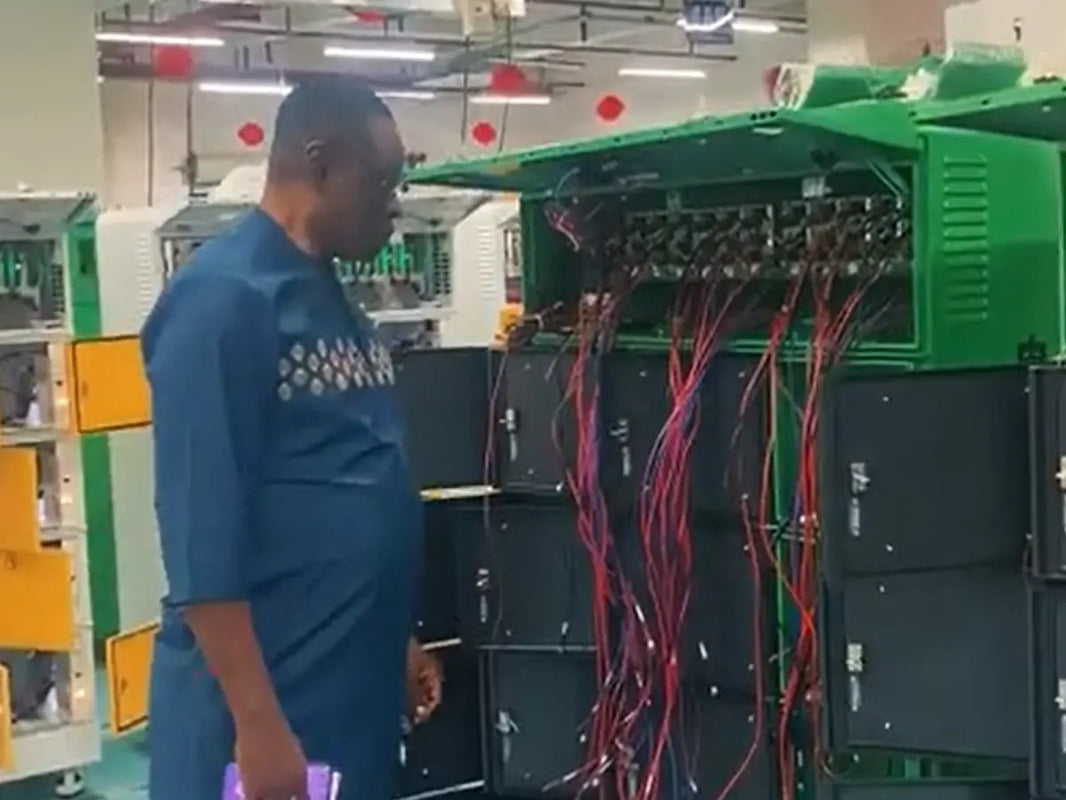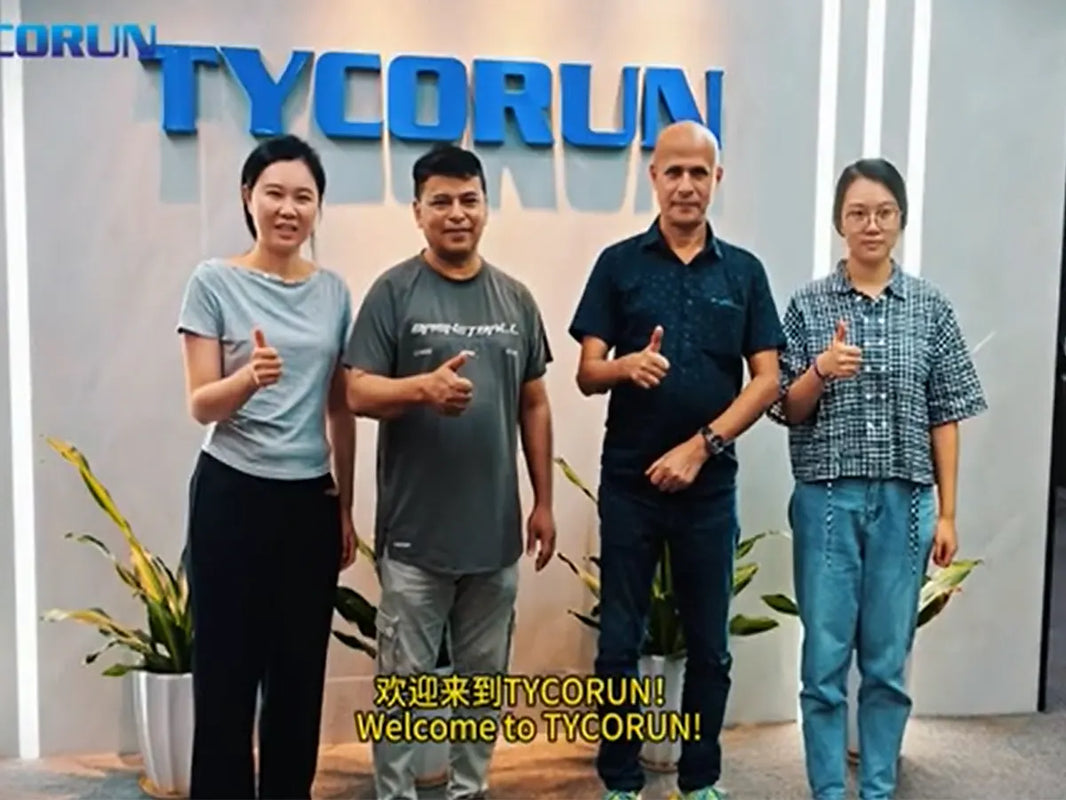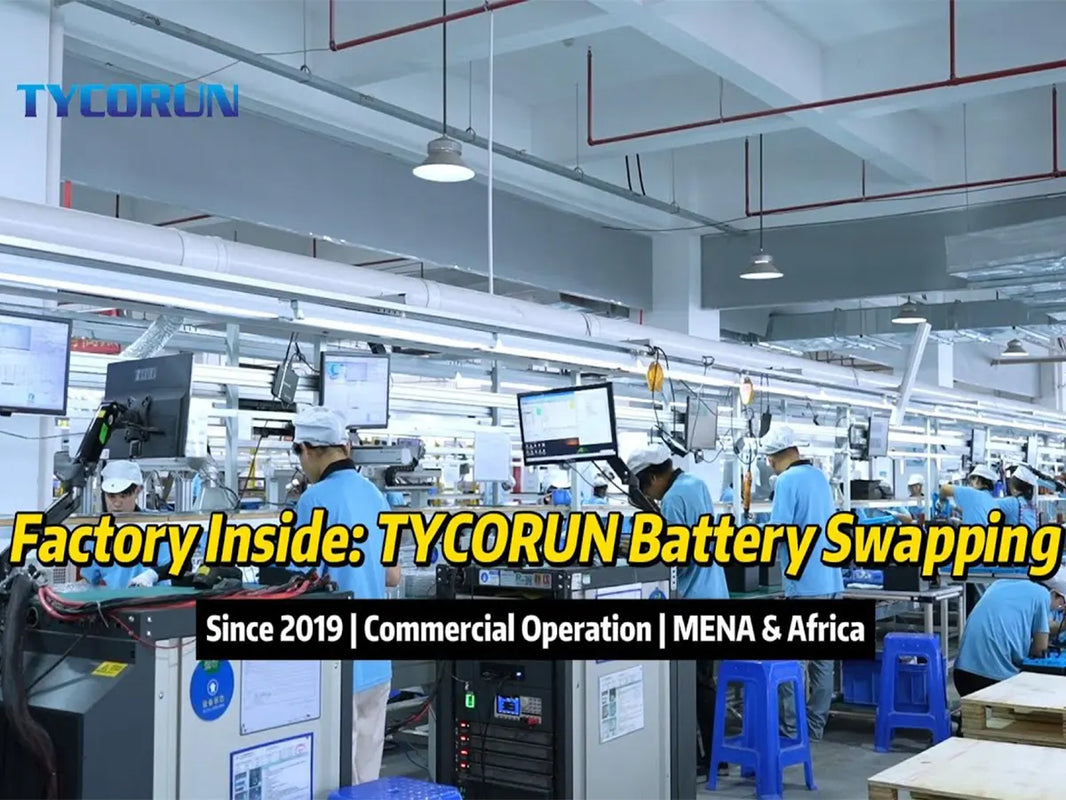
Main content:
Power conversion systems are bidirectional energy storage inverter, abbreviated as PCS. The power conversion systems can control the charging and discharging processes of the battery and carry out AC and DC conversion.
It can reverse the direct current of the battery into alternating current, and transmit it to the power grid or use it for AC loads. It can also rectify the alternating current of the power grid into direct current to charge the battery. What are the working modes of bidirectional power conversion systems? This article mainly helps you understand.
1. What is power conversion system
Whether the power conversion systems is bidirectional or unidirectional?
Power conversion systems (PCS), also known as energy storage inverter, is a controllable bidirectional current conversion device connecting the energy storage battery systems and the power grid that can accurately and quickly adjust the voltage, frequency and power between the power grid and the energy storage systems, and realize constant power constant current charge and discharge and smooth fluctuating power output.
The power conversion system can not only meet the inverter requirements of the traditional grid-connected converter for converting direct current to alternating current, but also meet the bidirectional conversion requirements brought by the charging and discharging of the energy storage systems.
With the function of charging and discharging the battery, it can be used in various occasions, such as distributed pv system, wind power generation and microgrid. In the grid-connected mode, during the load trough period, the power conversion systems rectifies the alternating current of the grid into direct current to charge the battery pack.

During peak load periods, power conversion systems reverse the direct current in the battery pack into alternating current and feed it back into the grid. In off-grid mode, the power conversion systems is detached from the main grid to provide local partial load with power that meets the power quality requirements of the grid.
2. The working mode of power conversion systems
The working mode of the two-way power conversion systems is divided into grid-connected mode, off-grid mode and hybrid mode.
● Grid-connected mode
The grid-connected mode includes charging and discharging functions, at which time the user can choose between automatic mode and manual mode. In automatic mode, if the user selects the grid-connected charging or discharging state, the energy storage inverter will charge or discharge the battery at the previously set value.
In manual mode, users can manually modify the charging or discharging current, voltage and time values to make the energy storage inverter work in the set charging or discharging state. The main feature of grid-tied mode is that the energy storage inverter must be synchronized with the existing grid frequency.
To synchronize with the grid, the energy storage inverter acts as a current source relative to the grid. In some cases, the energy storage inverter must be able to provide voltage support to the grid through reactive power control.
● Off-grid mode
In this systems, the energy storage systems must be able to act as a network power source, providing voltage and frequency control to the local grid. Off-grid mode can also be used with solar PV systems.

Common applications include smoothing power fluctuations caused by variable loads of variable power sources, stabilizing power grids, optimizing fuel use, and regulating power quality. If you want to apply it to home energy storage, you can use it with energy storage devices.
● Hybrid mode
The energy storage systems is able to switch between grid-connected mode and off-grid mode. The energy storage systems is in the microgrid, the microgrid is connected to the public power grid, and it operates as a grid-connected systems under normal working conditions, and if the microgrid is separated from the public grid, the energy storage systems will work in the off-grid mode to provide the main power supply for the microgrid.
3. Industry chain analysis of power conversion systems
Power conversion system is the core link with the highest value and technical barriers in the energy storage track, which can effectively use power equipment and reduce power supply costs. What is the future market structure of power conversion systems?
● Upstream of power conversion system
The upstream raw materials of power conversion systems are mainly IGBT, capacitors, resistors, reactors, PCBs and other power electronic components, cabinets, chassis and other structural parts and other auxiliary materials. Among them, IGBT is the core component, and the performance of IGBT determines the performance of power conversion systems.
The upstream industry market competition of power conversion systems is relatively full. In power conversion systems, material costs accounted for about 93%, of which the highest proportion was structural parts (26.7%), followed by inductors (13.8%) and semiconductor components (11.4%).
● Midstream of power conversion system
Midstream power conversion system is a provider of power conversion systems, mainly providing power conversion systems suitable for various application scenarios. Power conversion systems products can be divided into two categories: string and centralized. String type is mainly used in small and medium-sized energy storage systems, and centralized type is used in large energy storage systems.
- Centralized inverter
Mostly used in auxiliary energy storage systems on the power generation side and the power grid side, the installed capacity of the energy storage systems is relatively large, with a certain scale, which can amortize the comprehensive construction cost, and the corresponding market demand is more. The new installed capacity of centralized energy storage is expected to bring high-power PCS demand.

- String inverter
In large-scale ground photovoltaic power plants, the central inverter is extruded to form, and the wind and solar base will support the development of centralized inverters. As a new technical route, microinverters are still in the development period, and the technical threshold is high.
● Downstream of power conversion system
The downstream of power conversion systems is mainly a conpany of battery energy storage systems solutions, with four major application fields: power generation side, user side, grid side and microgrid. Due to the large scale of the power generation side and the power grid-side energy storage systems, the construction cost will be diluted.
And the economy is better than that of the user side and the microgrid, which will promote the market development in the short term. According to the application scenarios, it can be divided into four categories: household use, industry and commerce, centralized and energy storage power stations, corresponding to small, medium, large and ultra-large rated output power.
4. Future market pattern of power conversion systems
In the Chinese market, because of the energy storage systems, its end customers are mainly power generation groups and power grid companies. The US market has higher standards for battery cells and power conversion systems in terms of product quality and access standards, and there are high barriers to entry.
Since power conversion systems and photovoltaic inverters have high overlap in technical principles, application scenarios, upstream and downstream, the companies of power conversion systems are also highly overlapping with photovoltaic inverters, the industry pattern is also highly similar, and the sales channels are highly overlapping.

For the original photovoltaic inverter manufacturers, the energy storage business is a pure incremental business, so many photovoltaic inverter manufacturers have begun to develop the power conversion systems business. At present, most of the top 10 power conversion system companies are mainly photovoltaic inverters.
The technical iteration direction of power conversion systems are power improvement and optical storage integration. On the one hand, the power of photovoltaic cells and modules has increased significantly. On the other hand, the power conversion systems with integrated photovoltaic storage can replace the traditional photovoltaic inverter and power conversion systems, reduce costs and improve the management efficiency of the photovoltaic storage systems.
While promoting power conversion systems products, it provides household storage integrated machine or energy storage battery systems adapted to its own converter to provide customers with complete home storage solutions.
5. Conclusion
This article introduces the power conversion system, which is a device for bidirectional current control. It describes its working mode, mainly serving photovoltaic and power grids, and playing a role in stabilizing the power grid. It also mentioned its industrial chain and future development and the performance of various companies on the track.
Related articles: Top 5 inverter battery companies, Top 10 home energy storage battery companies, off grid solar batteries
















